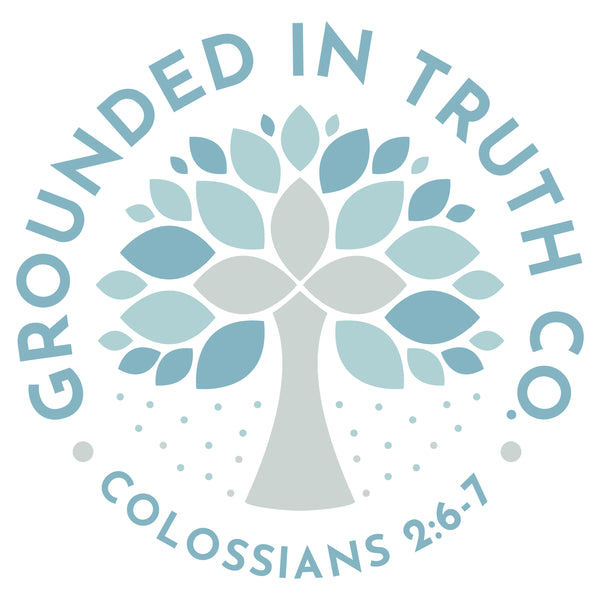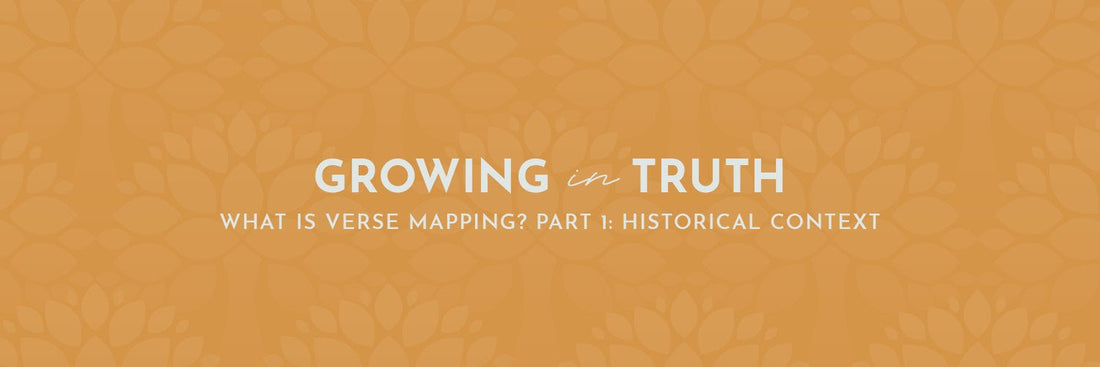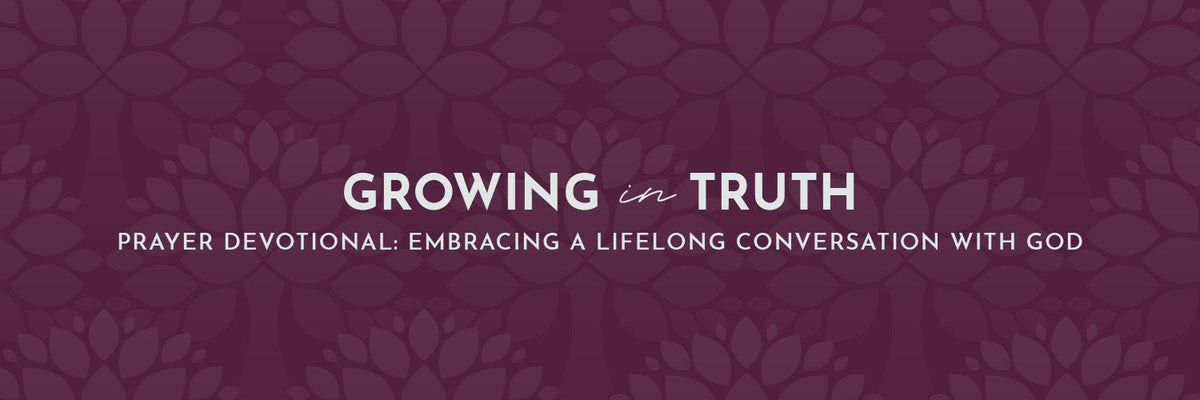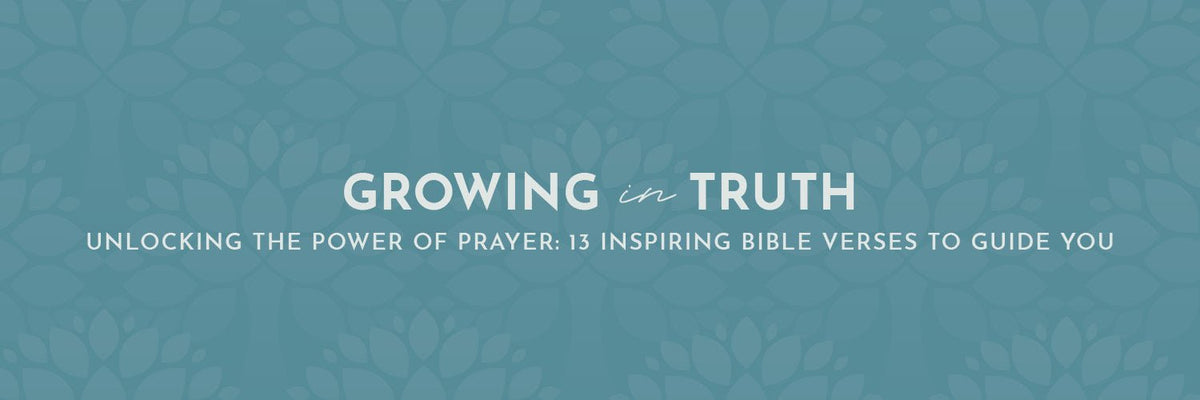What is Verse Mapping? Part 1: Historical Bible Context
My favorite way to study the Bible (and therefore the one we use the most here at Grounded in Truth Company) is through verse mapping. Verse mapping is a method of Bible study where you study the historical context of a verse, pull out key words and phrases to study in deeper depth by looking into the original language, put those definitions into a clear understanding of the verse, and then reflect on what you’ve learned.
My particular study method that I use for our Bible study, Wisdom over Rubies, is inspired by Lauren over at The James Method, with one or two of my own tweaks and tricks. Let’s go over how I break down a verse! I’m going to explain each of these study pieces over the next few weeks; if I tried to go over each one in one post you might be here all afternoon. Let’s start with checking out the historical context of a verse.
Historical Bible Context

The most important thing to remember when you’re studying any piece of scripture is that you should never take that piece of scripture out of its historical and canonical context. You need to know who wrote it, to whom it was written, about when it was written (you probably will not know an “exact date”), and why it was written. You also need to be at least somewhat familiar with the entire book in which the verse is located. For me, the biggest reason to know these background facts is because I want to always make sure that what I’m learning from the Bible is truly biblical and is not just the way I think it should be. I always want to be in line with Deuteronomy 4:2, which says
Ye shall not add unto the word which I command you, neither shall ye diminish ought from it, that ye may keep the commandments of the LORD your God which I command you.
When we study a verse out of context, we are adding to scripture by putting our own spin on it, and we are diminishing from scripture by taking away an important element of the historical meaning of the verse. For instance, we would not study the book of Proverbs the same way as we study the gospel of John. Knowing each of these pieces of information (who, to whom, when, why) will help us understand all that the Lord wants to teach us in a particular verse, without adding our own opinions to scripture.

When I was in college, my Bible study leader gave us what became my favorite example of a scripture taken out of context: part of Job 2:9, “curse God, and die.” Let’s be honest - when you read that with no context, it sounds pretty bad. "That’s in the Bible," you might ask yourself? But when you look at who said it (Job’s wife), to whom (Job), when (approx 2000–1800 BC, maybe), and why (Job is in the middle of intense suffering that is being allowed by God to prove to Satan Job’s faithfulness, although none of the humans knows that at the time), you might have a little more sympathy for a wife who wants her husband’s suffering to end - and you also might understand that “curse God, and die” is not a specific Biblical command. In the next verse, Job answers his wife with a heart tuned to God:
But he said unto her, Thou speakest as one of the foolish women speaketh. What? shall we receive good at the hand of God, and shall we not receive evil? In all this did not Job sin with his lips. -Job 2:10
Where do I find Historical Context?
Well, that’s the question of the day, right? “Kelly, how do I find all this stuff out about any chapter in the Bible?” In this case, Google can be our friend (and our enemy, if we’re not careful!). My personal favorite places to find information are in a couple study Bibles I own (THIS one is my absolute favorite and has tons of contextual information and book outlines at the beginning of each book of the Bible, but it’s admittedly a bit pricey). One other good study Bible I’ve used is the Old Scofield Study Bible (here’s a link!).
The Daily Grace Co has a few handbooks in their inventory that are super cool resources for contextual information, especially The Bible Handbook. I love this book for looking up historical context for each book, but it is also just a beautiful resource for a “flyover view” of scripture. It will help you put in perspective the overarching story of the Bible.
Wrap it up, Kelly
We can see through this little mini-example how taking a verse out of its appropriate context can hinder our understanding of the scripture. I don’t know about you, but I want my understanding of scripture to be right and Biblical, because my God calls me as a believer to
Study to shew thyself approved unto God, a workman that needeth not to be ashamed, rightly dividing the word of truth. -2 Timothy 2:15
When I know the who, to whom, when, why? of each verse or passage I study, I have a truer insight into what God is saying through the Biblical writer to me some thousands of years later.














